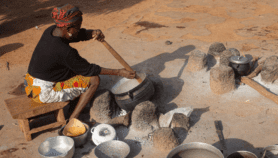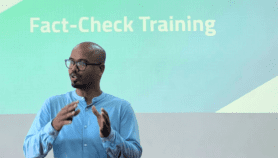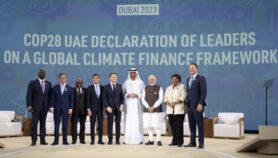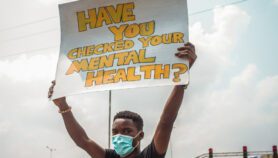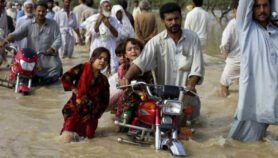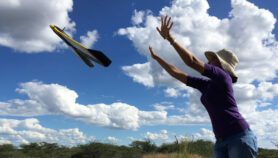25/01/22
Micro-estimates of wealth data ‘can help tackle poverty’
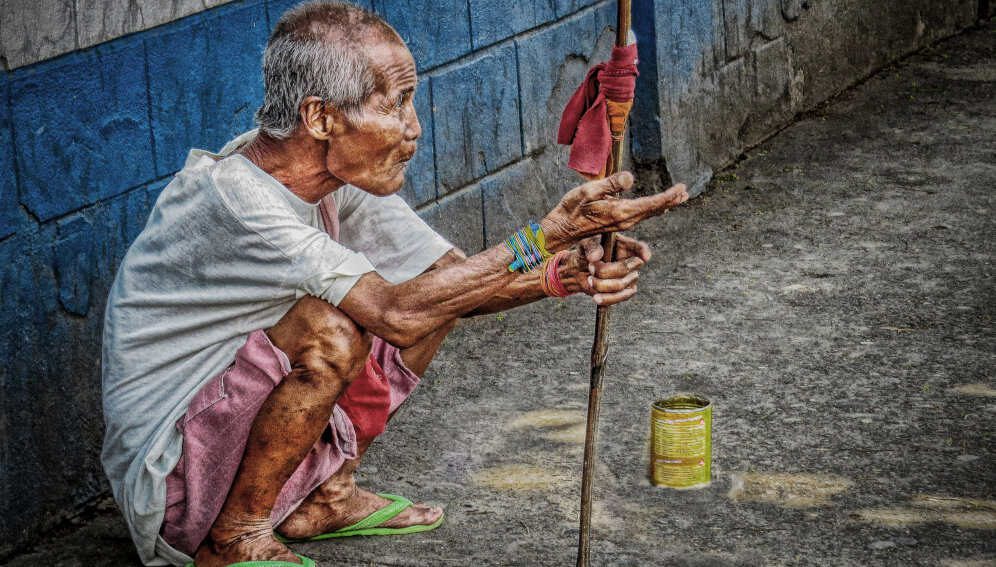
By: Neena Bhandari
Send to a friend
The details you provide on this page will not be used to send unsolicited email, and will not be sold to a 3rd party. See privacy policy.
A data project charting poverty levels in detail across the global South could help policymakers better target social assistance and humanitarian aid, researchers say.
The COVID-19 pandemic has deepened poverty globally, with an estimated 97 million more people, most of them in LMICs, pushed into extreme poverty in 2021, according to the World Bank.
But a dearth of reliable and up-to-date poverty data in low- and middle-income countries (LMICs) poses a major challenge for governments and civil society.
To bridge this data gap, researchers at the University of California (UC), Berkeley, and the Data for Good programme, which collates data from Meta platforms such as Facebook and Instagram, have developed a public data set of Relative Wealth Index (RWI), which provides micro-estimates of wealth of all populated areas in the 135 LMICs. The study was published in PNAS on 18 January.
“It is important that these studies do not distract from, or purport to override, the more fundamental need to get the foundational data right in complex country settings.”
Deborah Hardoon, poverty and inequality lead, Development Initiatives
Joshua Blumenstock, chancellor’s associate professor at the UC Berkeley School of Information and one of the lead authors of the study, said: “The estimates of absolute and relative wealth are very fine-grained, with one for every 2.4-kilometre square grid cell, which is small enough to satisfy the needs of most policymakers, but also large enough to respect the privacy of individual households.”
“In essence, this makes it feasible for policymakers to determine the relative wealth of small villages and neighbourhoods. For example, Nigeria has used these micro-estimates to identify the poorest urban wards (a neighbourhood) in the country and then prioritise those wards to receive social assistance from the government,” he adds.
The estimates are constructed by combining data from nearly 1.5 million in-person Demographic and Health S with massive quantities of “big data” from satellites, mobile phone networks, and other sources, including aggregated and de-identified connectivity data — with personal information removed to protect privacy — from Facebook.
“In rough terms, the algorithms use the big data to interpolate wealth estimates into areas where surveys have not been conducted,” said Blumenstock, who is also director of the Data-Intensive Development Lab, and co-director of the Center for Effective Global Action.
To check the accuracy of these micro-estimates, the researchers worked with data gathered by several different independent organisations to compare estimates from their algorithm with objective estimates from third party .
“For instance, we compared what our algorithm-generated estimates say about the wealth of people in village X to what an independent survey firm says about the wealth of people in village X. We found that — across four independent data sources from 18 different countries — our new micro-estimates provide remarkably accurate measurements of relative wealth and poverty in LMICs,” Blumenstock told SciDev.Net.
Hoa Thi Minh Nguyen, senior lecturer at the Australian National University’s Crawford School of Public Policy, who was not involved in the study, said its breadth across the global South made it a helpful resource for policymakers.
“However, further information is needed in validating the accuracy of the estimates,” she told SciDev.Net. “The research uses the information on income and expenditure from about 4,000 microregions in total to validate their prediction for 19.1 million (presumably highly heterogeneous) microregions in the world. […] more qualitative local data is needed in targeting the poor, especially when resources are constrained.”
This public data set of the RWI is available via the Humanitarian Data Exchange and can be explored using an interactive interface. Researchers are hopeful that it will facilitate targeted policy responses to the pandemic and help countries in achieving the UN Sustainable Development Goals.
Deborah Hardoon, is poverty and inequality lead for Development Initiatives, an organisation which aims to use data to tackle poverty, told SciDev.Net: “The data used in these studies can make an important contribution to our understanding of poverty and inequality. However, it is important that these studies do not distract from, or purport to override, the more fundamental need to get the foundational data right in complex country settings, in a way that is locally owned and enables disaggregation (e.g. by gender or ethnicity) and an understanding of local context.”
This piece was produced by SciDev.Net’s Global desk






